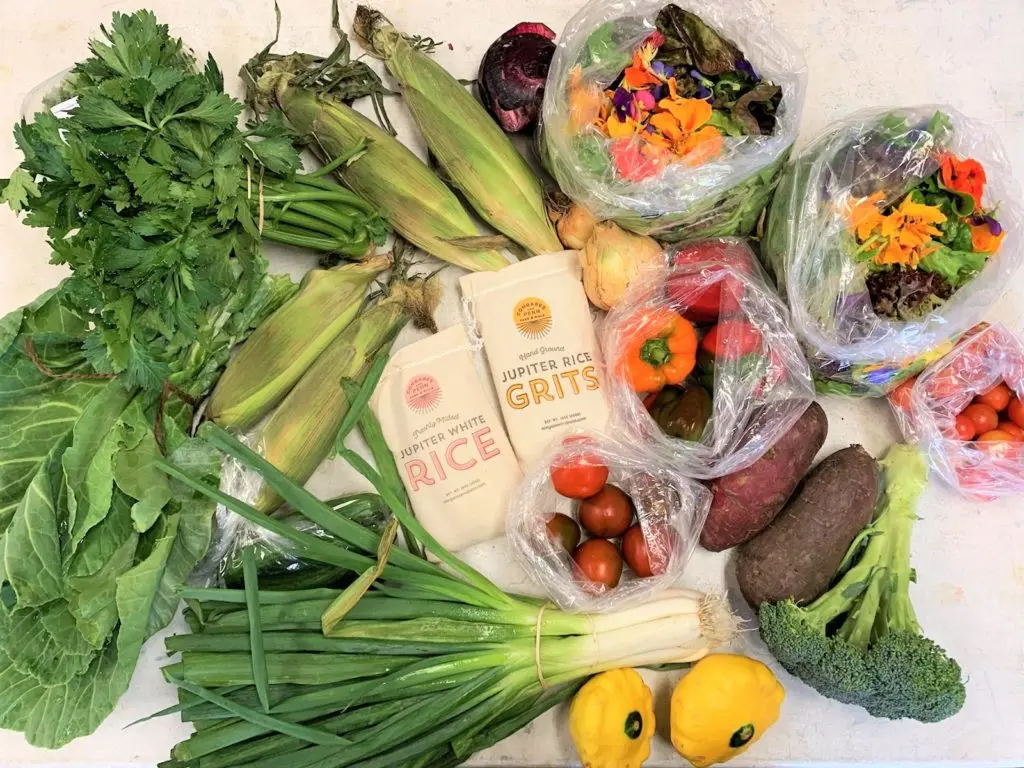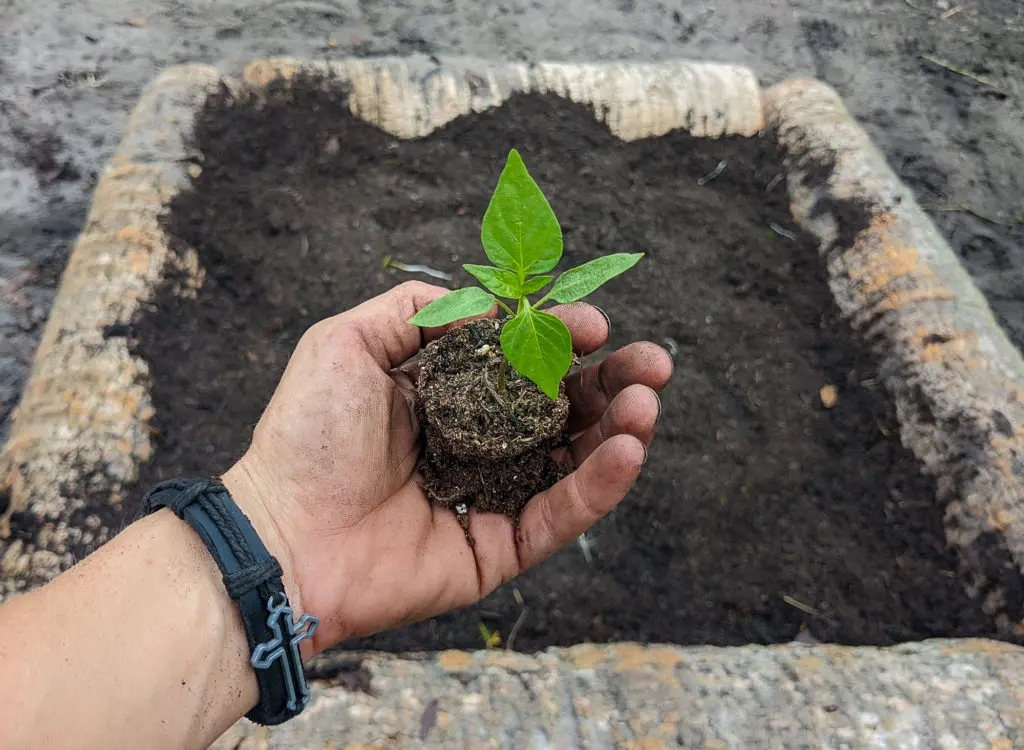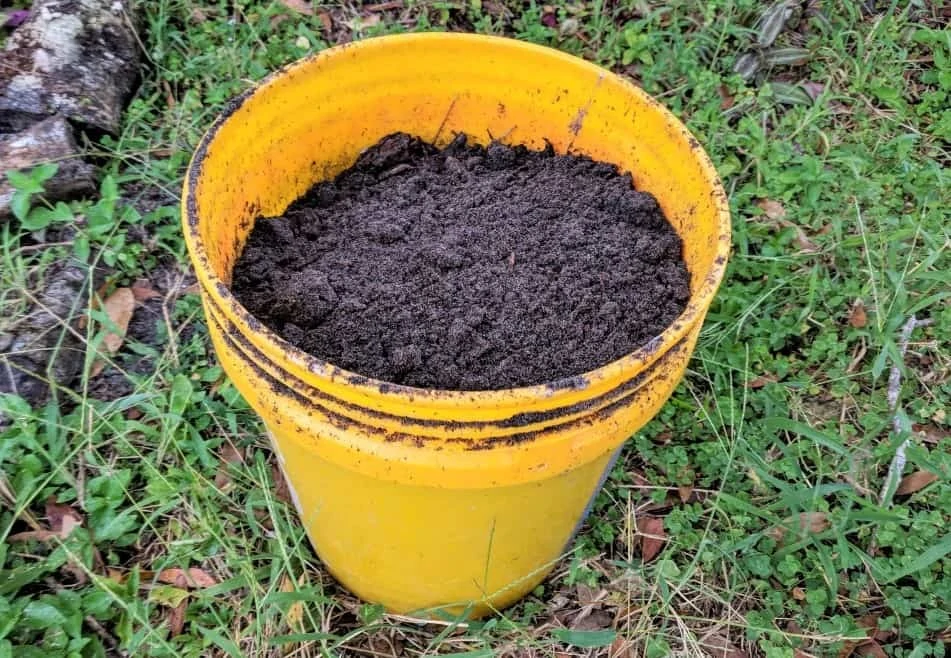by Amanda Rose Newton
By the time we hit the year 2050, our global population will cross the 10 billion mark. While it may not be on the front burner of many of our thoughts, this raises the question of how we are going to be able to meet the growing need for quality food.

We have hit a place where most of our useful topsoil in this country has been depleted. There is also the issue of water, which through droughts and changes in climate is not always a guaranteed resource.
Regenerative agriculture is a growing trend with purpose, and these simple practices can be used even for those outside of farming in our own landscapes.
What is Regeneration?
Regeneration is the practice of taking the soil you have and making it a healthier, less resource-intensive place to grow anything from grass to crops.

At its base, regenerative practices focus on using beneficial plants that sequester carbon and needed nutrients to support the dynamic soil ecosystem. There is a whole world under there!
Nematodes, protists like amoebas, bacteria, and fungi are important for ensuring the health of the soil as well as the organisms above ground.
The carbon is then “locked up” in plants and in the soil, so it is not released into the atmosphere. This is why regeneration has become an essential part of Climate Smart Agriculture (CSA), as it has many implications for helping to mitigate changing climate.
Breathing Life into Dead Soil
If you are familiar with humus (the top layer of soil, not the dip with Middle Eastern roots), you know it is full of rich, organic, decaying matter that plants love. If you do not have it, you can get it back with time and patience thanks to soil regeneration.
Regeneration practices are not new, just merely overlooked in favor of modern technology and easy for anyone to do.

Here are a few ways you can foster a healthy microbiome and topsoil layer in your own garden:
1. No-Till. While it is common practice to till the garden beds, when done on a large scale it causes erosion and even in a backyard, it causes major disturbance.
For us in Florida, it is especially important as our sandy soil is more likely to see higher levels of disturbance due to texture. This also segues into the next practice, as no-till encourages one to leave plant residue on the surface.
2. Use Cover Crops– Also known as green manure, this technique calls for either growing a quick-growing nutrient fixing plant like clover or a dwarf pent or simply spreading clippings over plant beds. This material breaks down over time, allowing nutrients to infuse into the soil, feed the microbiome, and create a healthy base for plants to grow.
3. Compost– We have written often about the virtues of compost. When mixed into the first few inches of soil, it will decompose and supply a steady dose of nutrition. It also happens to hold on to water, reducing the amount you need to turn on the irrigation.

4. Planting Perennials– We think of gardening as an annual thing, as most veggies are, but incorporating fruit trees into the landscape helps create those lovely fungal networks and healthy soil we are after. They also provide shade and are low-maintenance once they are established. Plant a fruit tree once, and feed a family for decades.
5. Moving away from synthetic fertilizers, pesticides, and herbicides– Synthetics are like fast food, designed to fill a plant up and be on its way. Unfortunately, it does not do much for your soil.
Although building up your soil takes time, it often reduces the amount of fertilizer and water you have to use to sustain your garden. The ecosystem creates a continuous cycle, moving nutrients where they need to be and ensuring your microbiome and plants are healthy.
If you feel the need to fertilize, look for organic fertilizers as an alternative. These take longer to break down and thus end up feeding the soil.

Soil regeneration takes time, but the benefits are well worth the wait.
Next week, we will take an up-close look at the soil biome and meet the organisms so vital to our backyard ecosystems.


